How to Pre-Exhaust Your Muscles (Routines for Each Muscle)
There are two things you must do build muscle:
- Force your muscles to work harder
- Pump your muscles full of blood (aka getting ‘the pump‘)
But have you ever got to the point where you don’t feel the pump any more from your workouts?
You’re training hard and you’re consistent. But you just don’t feel like your muscles are pumped when you walk out of the gym.
I’m going to share a method with you that will force your muscles to work harder and give you those extreme pumps. I’m going to show you how to pre-exhaust your muscles.
Even better, you’re going to get a complete pre-exhaust workout routine for each muscle.
What is Pre-Exhaust Training?
Pre-exhaust training is basically starting your workout with an isolation exercise with higher reps before going to a compound exercise.
The idea is behind pre-exhaust training is to force that specific muscle to work harder on every exercise thereafter. It also helps further isolate that muscle when doing compound exercises.
How Pre-Exhaust Training Can Help You Build Bigger and More Defined Muscles

That all sounds great, but can pre-exhaust training help you gain muscle mass?
Absolutely, but it doesn’t stop there. Pre-exhaust training can also help you get more cut and defined.
In short, you’re allowing your muscles to be targeted more directly, even on compound exercises, when you pre-exhaust them. Your muscles are essentially doing double the work.
And that’s why pre-exhaust training is perfect for bodybuilding when you’re goal is to build a ripped and muscular physique.
**If you’re goal is to get ripped, check out my recommended fat burner to see if it’s for you in this post: Jason’s Instant Knockout Experience
Pre-Exhausting = Mind to Muscle Connection
Pre-exhausting your muscles also help you create a better mind-to-muscle connection.
By pre-fatiguing your muscles at the beginning of your workouts, you immediately development that neurological connection that carries into the rest of your workout.
In layman’s terms, having that mind-to-muscle connection helps you focus on the specific muscle you’re training rather than just moving the weight from point A to B.
You can learn more tips of development your mind-to-muscle connection is Damien Patrick’s video below…
Pre-Exhaust Exercises (by Body Part)
Before we get into the pre-exhaust workout routines, let’s take a look at some of the exercises you can use for this purpose.
Keep in mind that these are primarily isolation exercises. Remember, the idea behind pre-exhausting the muscle to target that specific muscle so that you can get a deeper contraction.
- Compound exercises are multijoint exercises that involve the use of more muscles. You want to pre-fatigue the muscle before doing compound movements.
- Isolation exercises isolate a specific muscle, and that’s what you want to start with, in this case.
**You will see some machine-based exercises listed that mimic compound exercises.
These are okay to pre-exhaust with as you’re not having to balance the weight like you would with free weights. You can still target the muscle directly with most machines.
However, it’s best to pre-exhaust with pure isolation exercises.
Pre-exhaust Exercises for Chest:
- Cable flyes (crossovers)
- Pec-dec flyes
- Dumbbell flyes (flat or incline)
- Push-ups
- Dips (bodyweight)
- Machine, Smith, or Hammer Strength press
Pre-exhaust Exercises for Back:
- Lat pulldowns
- Pull-ups (assisted if you can’t do more than 12 with your bodyweight)
- Seated rows
- Machine (or Hammer Strength) rows
Pre-exhaust Exercises for Legs:
- Leg extensions
- Leg curls
**You can also do these as single-leg to further isolate those muscles.
Pre-exhaust Exercises for Shoulders:
- Lateral raises (also front and bent-over raises)
- Single-cable lateral raises
- Reverse pec-dec (for rear delts)
- Machine, Smith, or Hammer Strength press
**You’ll notice biceps and triceps are not mentioned here. We’ll talk more about that and why they’re not mentioned in the workout routine section below…
Pre-Exhaust Bodybuilding Workout Routines for Each Muscle
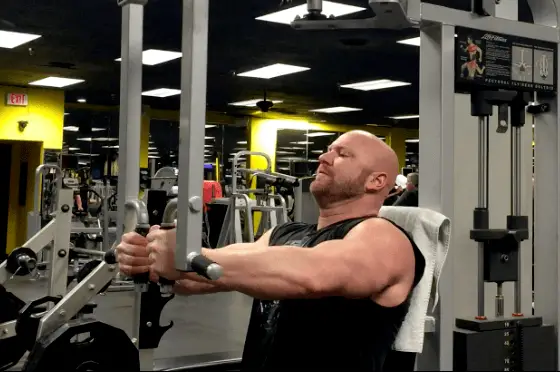
Now that you know more about pre-exhaust training, it’s time to put it in action.
Below, you’ll see a series of pre-exhaust workout routines you can do for each muscle. These are workouts you can start doing now.
Here are some notes about these workouts…
- The first exercise will always be your pre-exhaust exercise and an isolation movement
- For pre-exhaust exercises, only rest 30-40 seconds between sets
- You can pump out the reps but make sure you’re feeling your muscles work throughout each rep
- For the other exercises, you can rest up to a minute between sets
- Your final exercise will naturally be another isolation exercise, which you will treat like your pre-exhaust exercise, resting about 30 seconds between sets
- Stay focused throughout these workouts
- Have fun with these workouts and get ready to make some gains!
**Even if you don’t follow the workouts below exactly, you can still implement the pre-exhaust part of each workout and apply it to your current workout program.
Pre-Exhaust Bodybuilding Chest Workout
| Exercise | Sets x Reps |
|---|---|
| Pec-dec Flyes | 4 x 15 |
| Incline Bench Press | 4 x 6-8 |
| Dumbbell Press | 4 x 8-10 |
| Incline Dumbbell Flyes | 3 x 12 |
This is a simple chest workout but it’s extremely effective, especially with the pre-exhaust part of the workout.
**One concern that many have is they let feel they’ll be weaker on their bench press if they pre-exhaust with flyes.
This is true, a first. But after doing this routine for a few weeks you’ll get used to it and you’ll see your numbers go up.
Don’t let your ego get in the way 🙂
More importantly, you’re going to feel your chest muscles more than you ever have with this workout!
Pre-Exhaust Bodybuilding Back Workout
| Exercise | Sets x Reps |
|---|---|
| Lat Pulldowns | 4 x 15 |
| Barbell Rows | 4 x 6-8 |
| Dumbbell Rows | 4 x 8-10 |
| Seated Rows | 4 x 12 |
| Cable Pullovers | 3 x 12 |
You’ll notice that you’re doing a little more volume for back than you did for chest. And you’re ending with two isolation exercises.
- Back is so much larger than your chest, or any other upper body muscle for that matter. So it deserves more attention.
- Your back is also a complex muscle group. So you need to train your back from different angles, and you can do that by using a variety of exercises.
In fact, I’m an advocate of training back twice a week. Even if you do one heavy day followed by a lighter day 3-4 days later.
I have some twice-a-week back routines you can read about in this post: Train Back Twice a Week for Ripped Mass
Pre-Exhaust Bodybuilding Leg Workout
| Exercise | Sets x Reps |
|---|---|
| Leg Extensions | 4 x 20 |
| Squats | 4 x 8-10 |
| Leg Press | 4 x 12-15 |
| Lying Leg Curls | 3 x 15 |
| Single-leg Curls | 3 x 15 |
Even if you’re not looking to pre-exhaust your quads, doing a few sets of leg extensions is a great warm-up before jumping into squats or any compound leg movement.
There are a few things you’ll notice that is different about this leg workout in comparison to the other workouts. You’re doing higher reps.
Legs, especially quads, tend to respond best to higher reps because of the types of muscle fibers they have.
Another thing is it may seem you’re just pre-exhausting your quads and not hamstrings. You can approach this a couple of different ways…
- Pre-exhaust both quads and hamstrings directly (ex: 4 x 15 for leg extensions followed by 4 x 15 for leg curls)
- Do quads and hamstrings on separates days, which you would pre-exhaust hamstrings by doing leg curls first followed by an exercise like deadlifts or Romanian deadlifts
Lastly, I strongly encourage you to train legs twice a week. If you think about it, most people train their upper body 3-4 times a week but only train legs once a week.
That doesn’t make sense! Your legs are the largest collective set of muscles in your body. Train them accordingly.
You can learn more about the benefits of training legs twice a week with leg routines in this post: Training Legs Twice a Week: How to Build Bigger Legs
Pre-Exhaust Bodybuilding Shoulder Workout
| Exercise | Sets x Reps |
|---|---|
| Seated Lateral Raises | 4 x 15 |
| Seated Overhead Press | 4 x 6-8 |
| Dumbbell Press (Arnold Press) | 4 x 8-10 |
| Bent-over Raises | 3 x 12 |
Doing seated lateral raises forces you to use less weight and really pre-exhaust the your delts.
- Your shoulder workout will be similar to your chest workout, as you can see.
- Another thing you can do is split up your shoulder routine to train rear delts with back and exercises like lateral raises and presses on chest day. You would do less shoulder workout for these workouts.
- But you’re also hitting shoulders when you train chest and back, anyway. So you may decide you don’t need an entire workout just for shoulders.
Of course, if your shoulders are a weaker and underdeveloped muscle group, you’ll want to dedicate a workout for shoulders.
Can You Pre-Exhaust Smaller Muscles Like Arms and Calves?
You may be wondering why there are no pre-exhaust exercises and workout routines for biceps, triceps, and calves.
You don’t need to pre-exhaust smaller muscles. Actually, many will throw in some arms after chest, back, or shoulders. So in essence, they will be pre-exhausted already.
It’s the same scenario for calves. Doing exercises like squats and stiff-leg or Romanian deadlifts are going to serve as a pre-exhaust for your calves.
Now, if you’re doing arms on their own day, you still don’t need to pre-exhaust them. Again, arms are a small muscle and all of the exercises you do for arms are isolation exercises.
The only exception may be close-grip bench press for triceps. But even then, you’re targeting your triceps with that exercise.
Start Pre-Exhaust Training for More Gains
So, what day is it for you? Chest day? Leg day?
When you get to the gym today (or tomorrow, if you’ve already trained), I challenge you to try pre-exhausting the muscle you’re working.
Remember…
- Choose any isolation exercise for that muscle (or use the one I gave you in the workout routines above)
- Crank out 3-4 sets of 12-15 reps
- Then move on to your first compound exercise
You will definitely feel the pump!
**For bigger pumps, be sure to check out one of my recommended pre-workouts here: Jason’s Alpha Lion Superhuman Experience
Train with Passion,
Jason
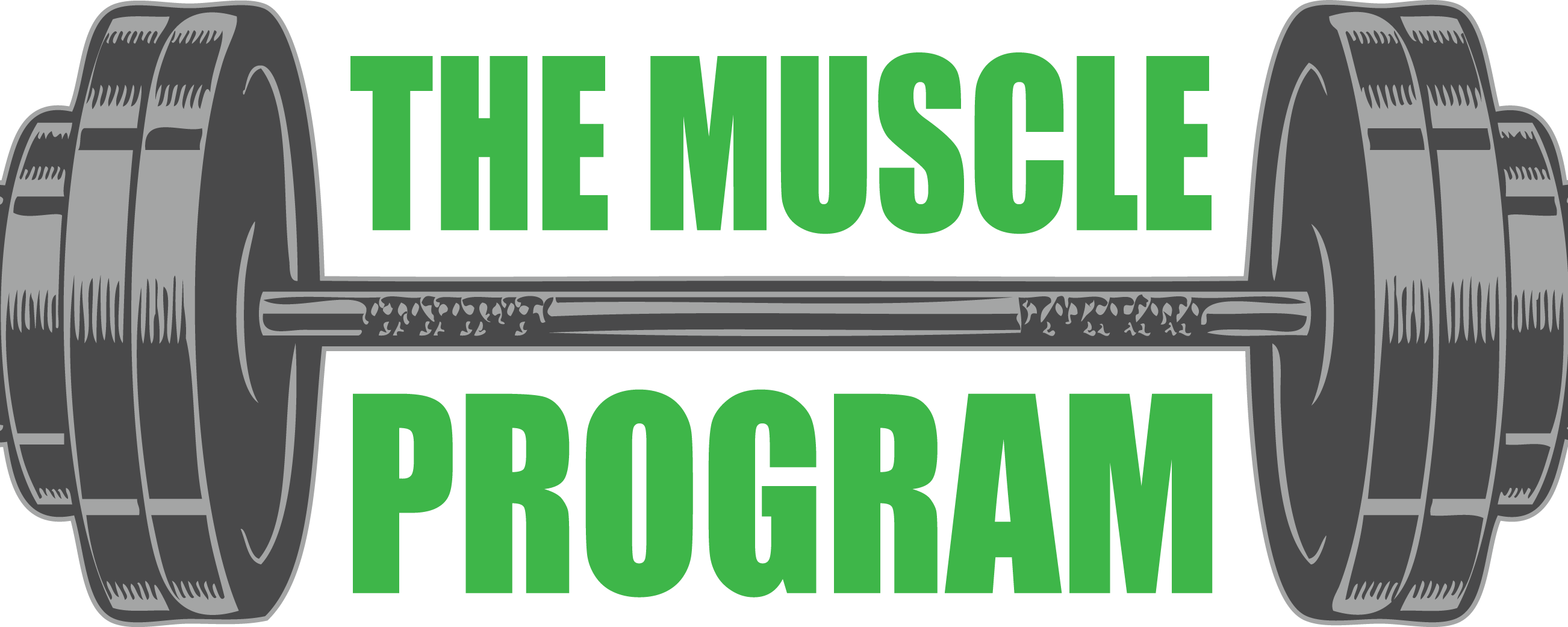
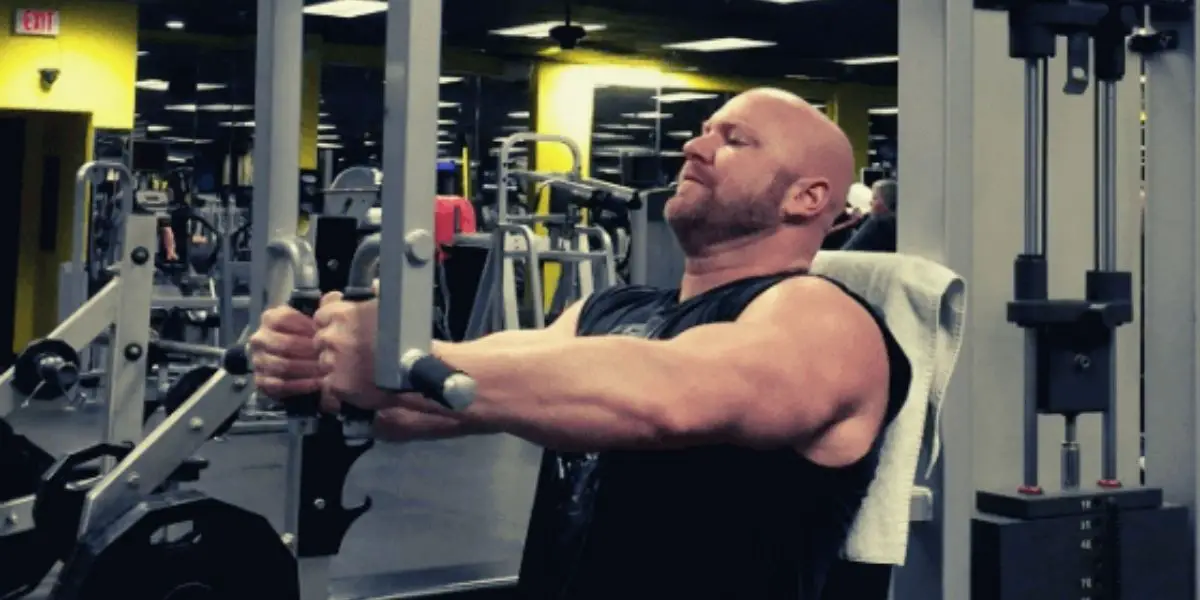
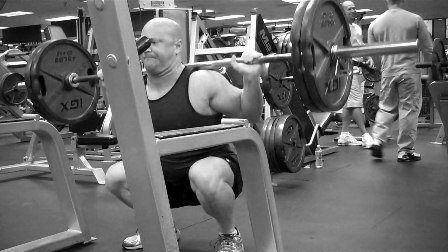
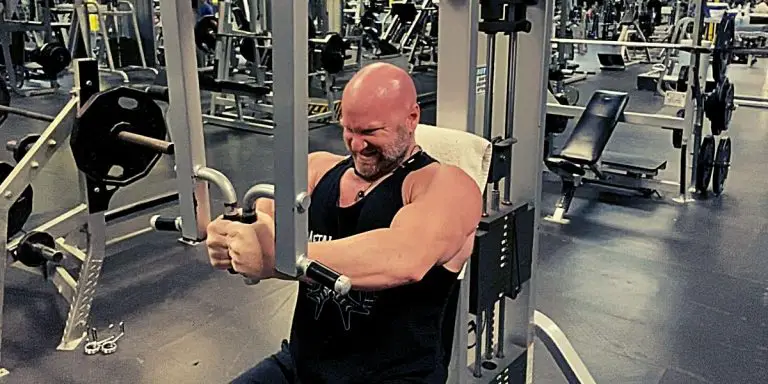
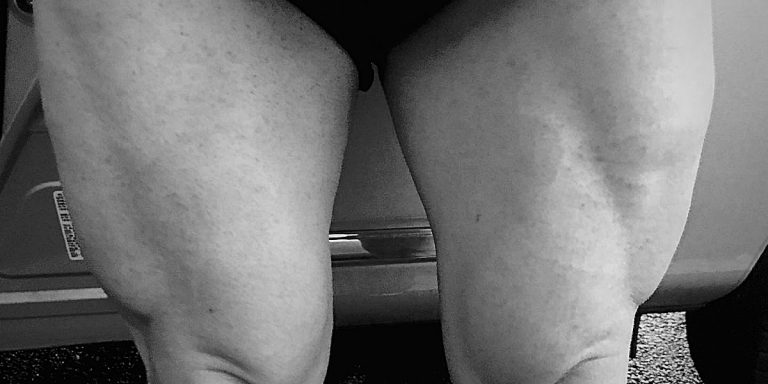
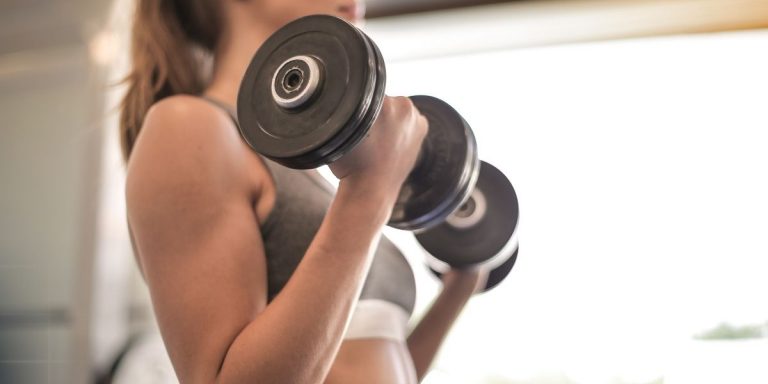

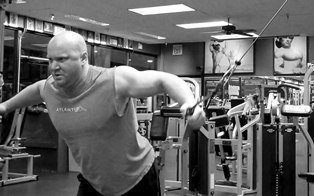

4 Comments
Comments are closed.